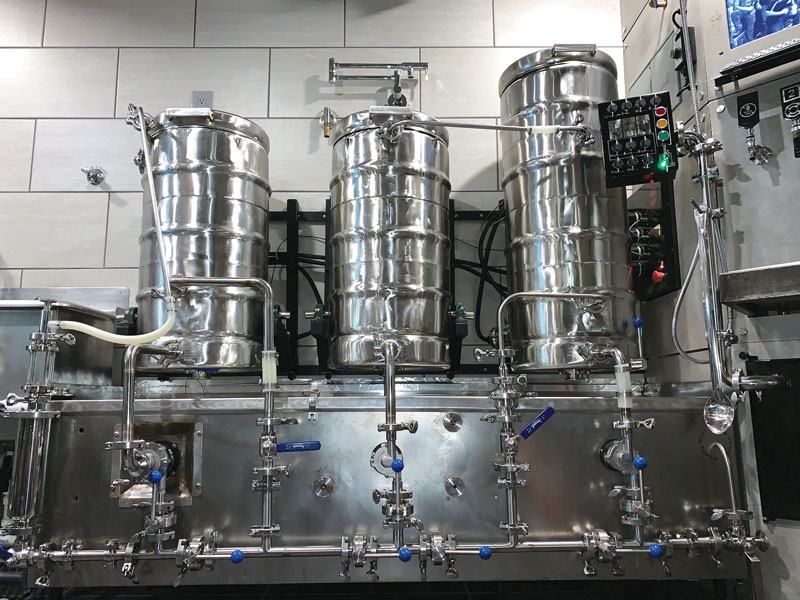Writer: BYO Staff
“Cara” malts?
Caramel, cara or crystal malts are synonymous terms describing a large family of malts that are made by changing the kilning process. All malts are kiln-dried to arrest germination. To make caramel
Improving all-grain yields
Before you head to a psychic to have your charts done or make any deals you might later regret, here are a few things you should consider. Low yields can be tracked
Overcarbonated kegs
I prefer to package beer in kegs for several reasons. Besides being convenient, perhaps the best thing about a keg is that it’s very easy to change the carbonation level in a
What’s the usefulness of beer foam?
really like beer foam — in fact, I’m kind of obsessive when it comes to beer foam. Any argument about foam is positive in my book, so you shouldn’t feel like an
Using leftover wort to prime next beer
Priming with wort is very tricky, because wort is not completely fermentable and its fermentability varies from batch to batch. Breweries that bottle-condition with wort determine the fermentability of each lot before
Can you step up yeast too much prior to pitching?
Although you had a giant mess on your hands with your excited fermentation, you may have added a normal amount of yeast. In my experience, small yeast packets do not contain enough
How can you prevent a vacuum from forming in an airlock during fermentation?
What happened to your fermenter was due to the relation between gas temperature, volume and pressure. A sealed container will exhibit a decrease in gas pressure if the container is cooled and
Reduce tannins during the steep
The two most influential factors affecting the extraction of tannins from malt into wort are pH and temperature. All-grain brewers are very careful not to allow wort pH to reach more than
Krausen removal
The topic of kräusen removal is not discussed much in commercial brewing circles because most modern fermenters are not designed to remove kräusen. And it is frequently the case that “blow over”
Storing crushed grains
The key to storing grain is keeping it dry. Whenever crushed grain is left to sit around, it begins to take up moisture from the air. Most malts have a moisture content
Cold conditioning kegs
I prefer to cold condition after carbonation, because you can aggressively remove yeast by racking the beer from keg to keg without worrying about having enough yeast in the beer at bottling
Storing wort after mashing
Some brewers use a technique called flotation to separate cold trub (the solid matter) formed during wort cooling from the wort. The old method of flotation occurs before yeast is pitched and
